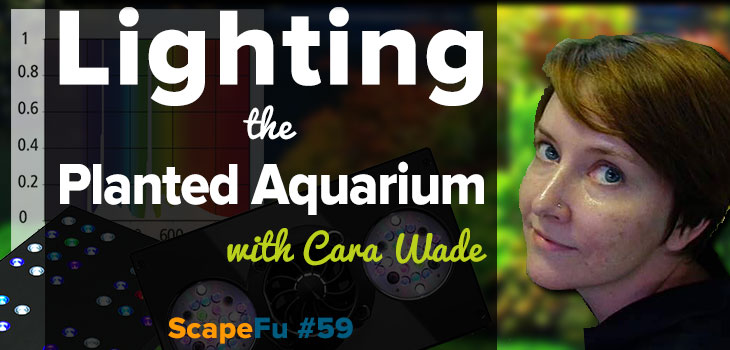Natural or not is not subjective based on the eye of beholder, but has been measured in actual sunlight. In a living space, how human face looks like is as important as plants and surrounding. Only in halloween display do we want to see human faces appear ghostly blue.
Find resources, help guides, specifications & photometric reports.

www.waveformlighting.com
For those who spend lots of time indoors, installing LED lights that mimic natural light may be a top priority.
The color temperature of natural light can be difficult to pinpoint as it can range from 4000K to 6500K or higher, depending on the time of day, weather, latitude and season.
If you're after the warmer feel of natural sunshine (as opposed to daylight),
4000K may be a great option for you. 4000K can be described as early-morning or late-afternoon sunshine that comes in through a south-facing window.
5000K and higher color temperatures are also close approximations of natural light, but they are more aligned with natural
daylight, rather than natural sunlight. Think of a more neutral, white light coming in from a north-facing window on an overcast day.


 although I recently visited a hydroponic place for some leca
although I recently visited a hydroponic place for some leca 


